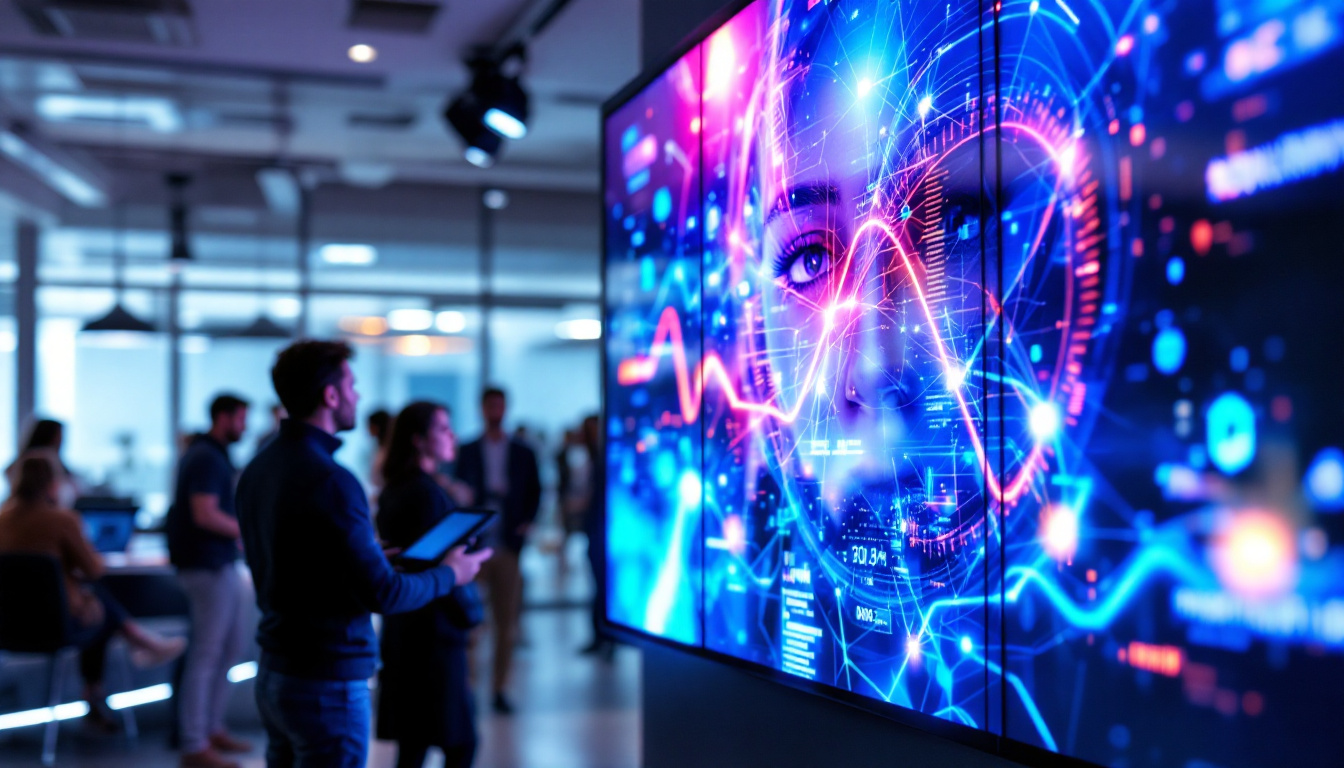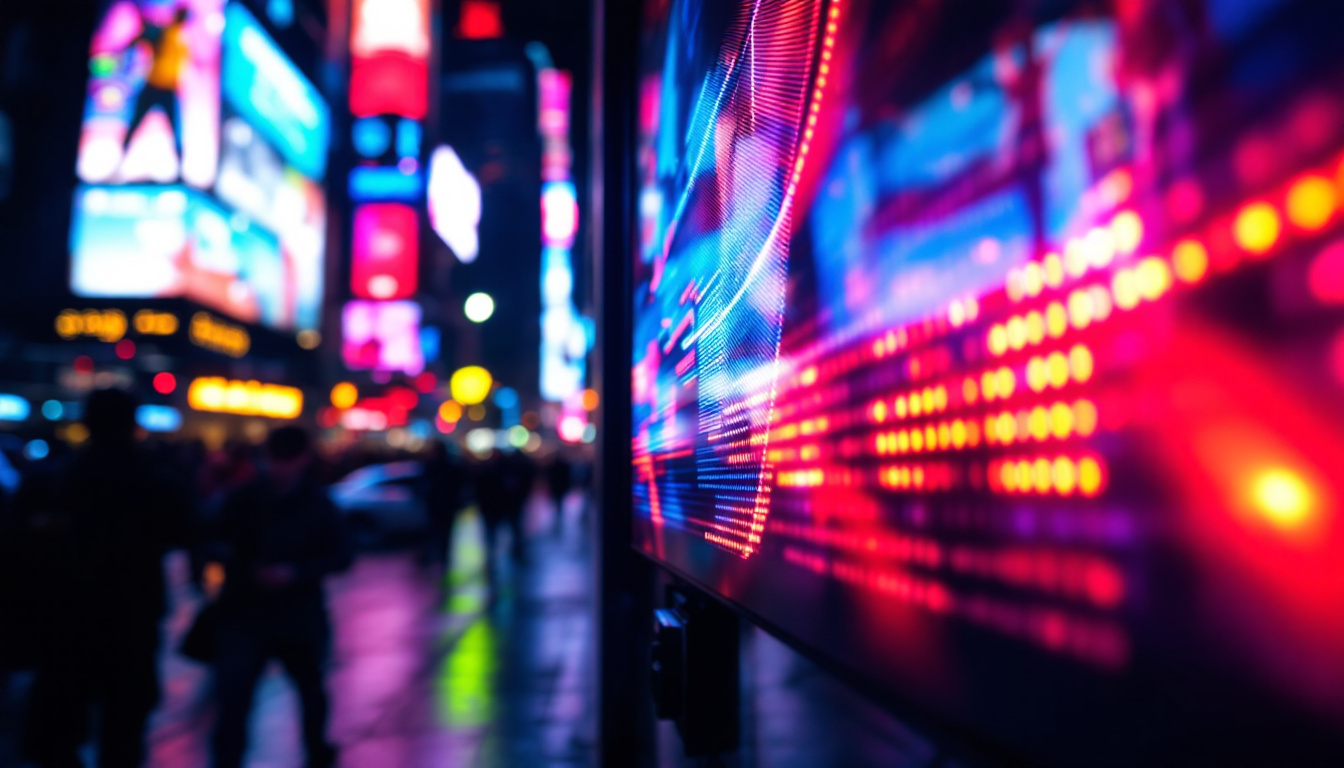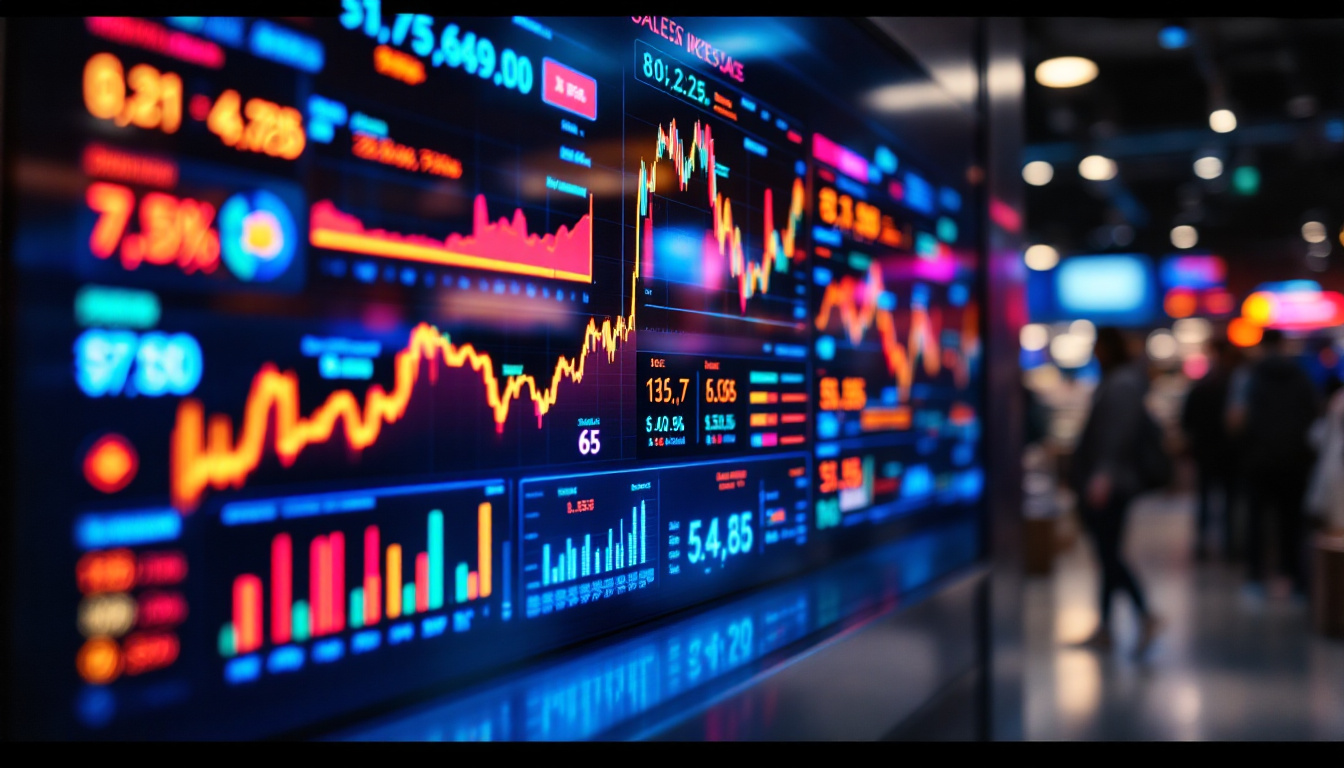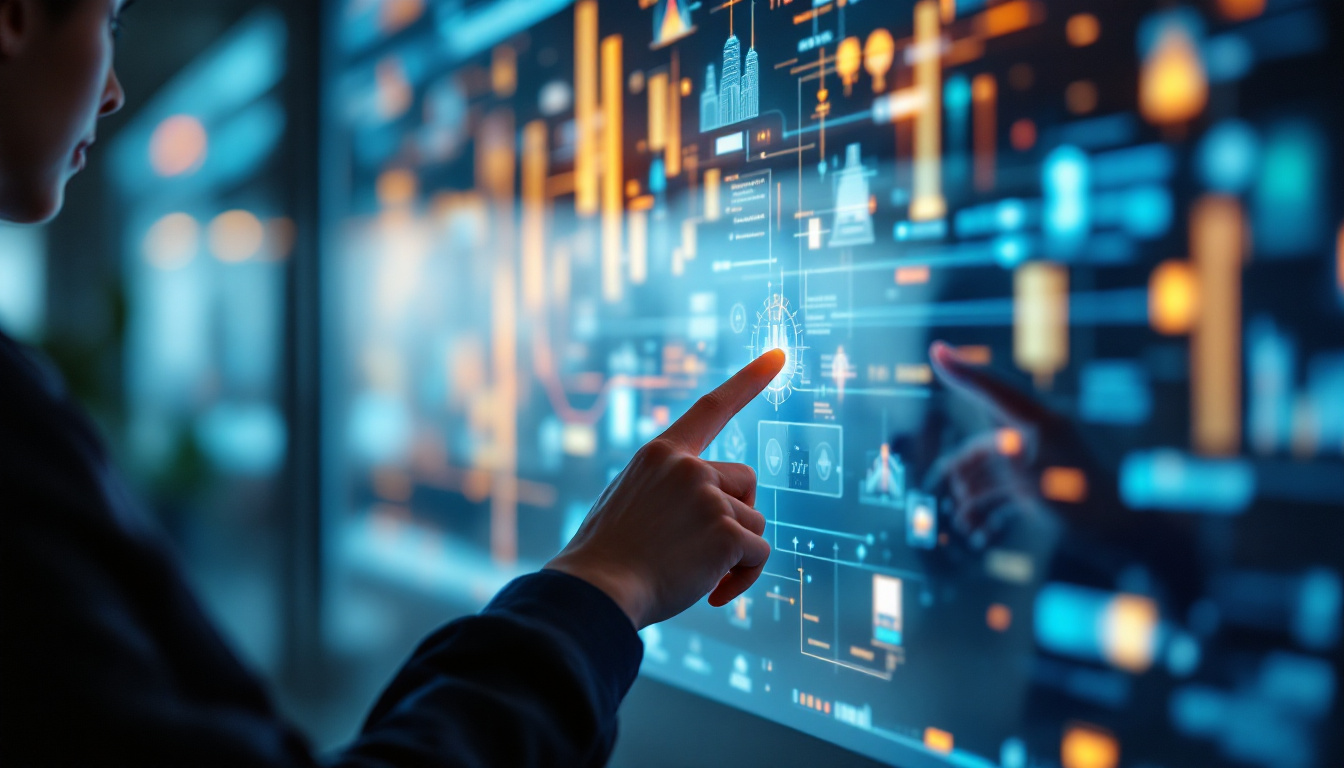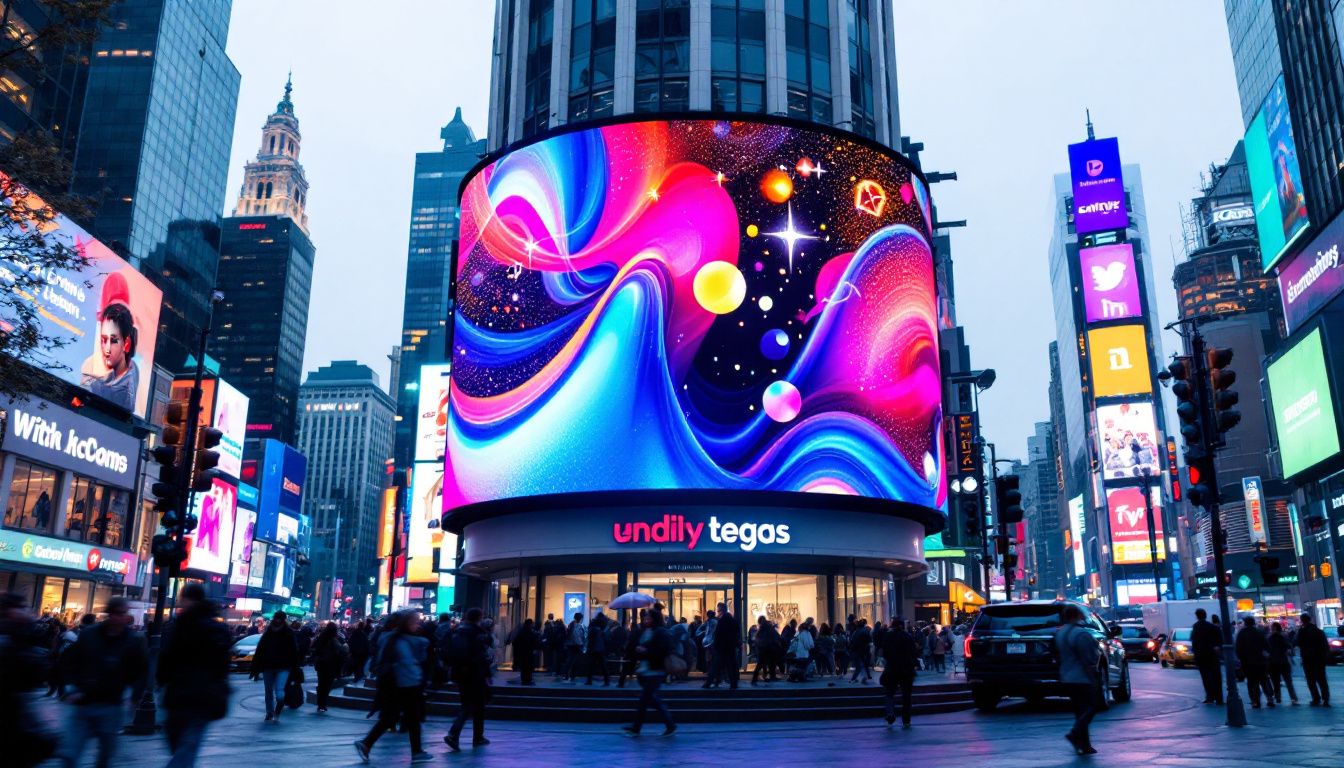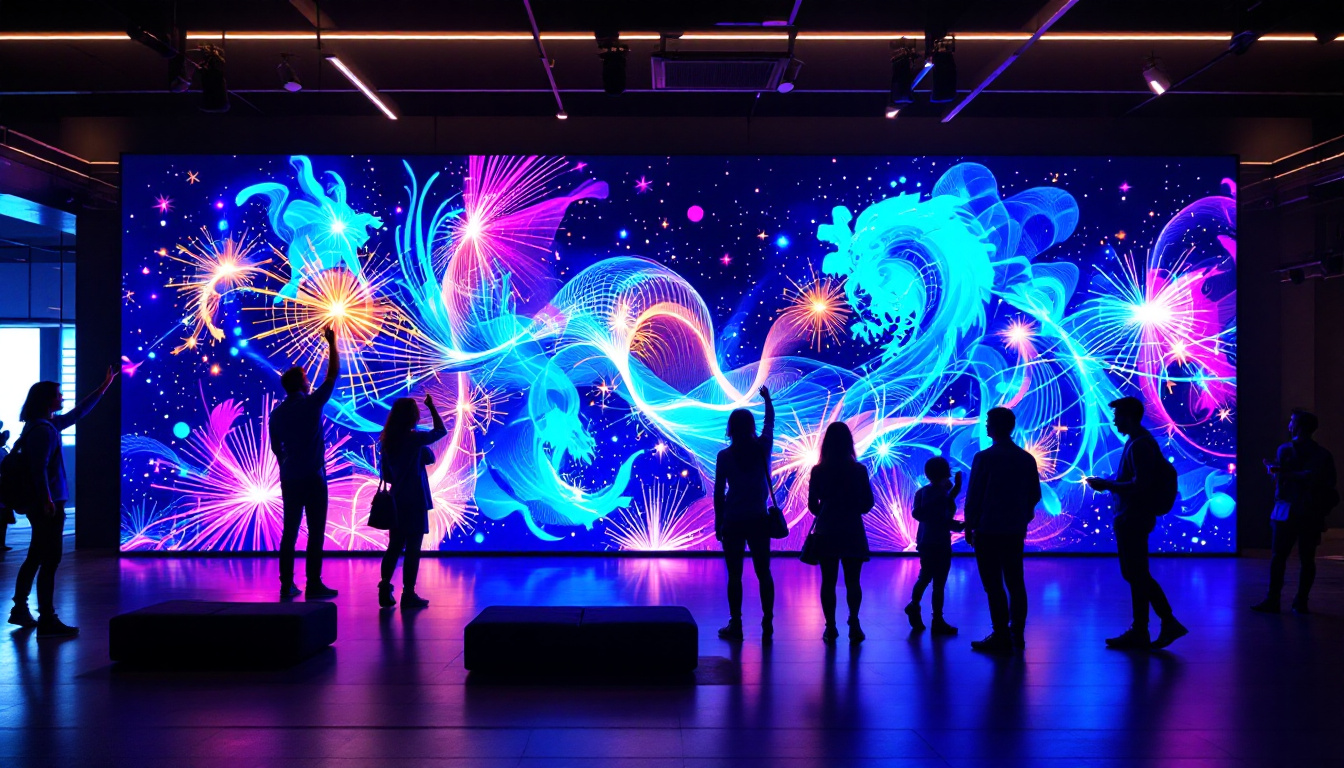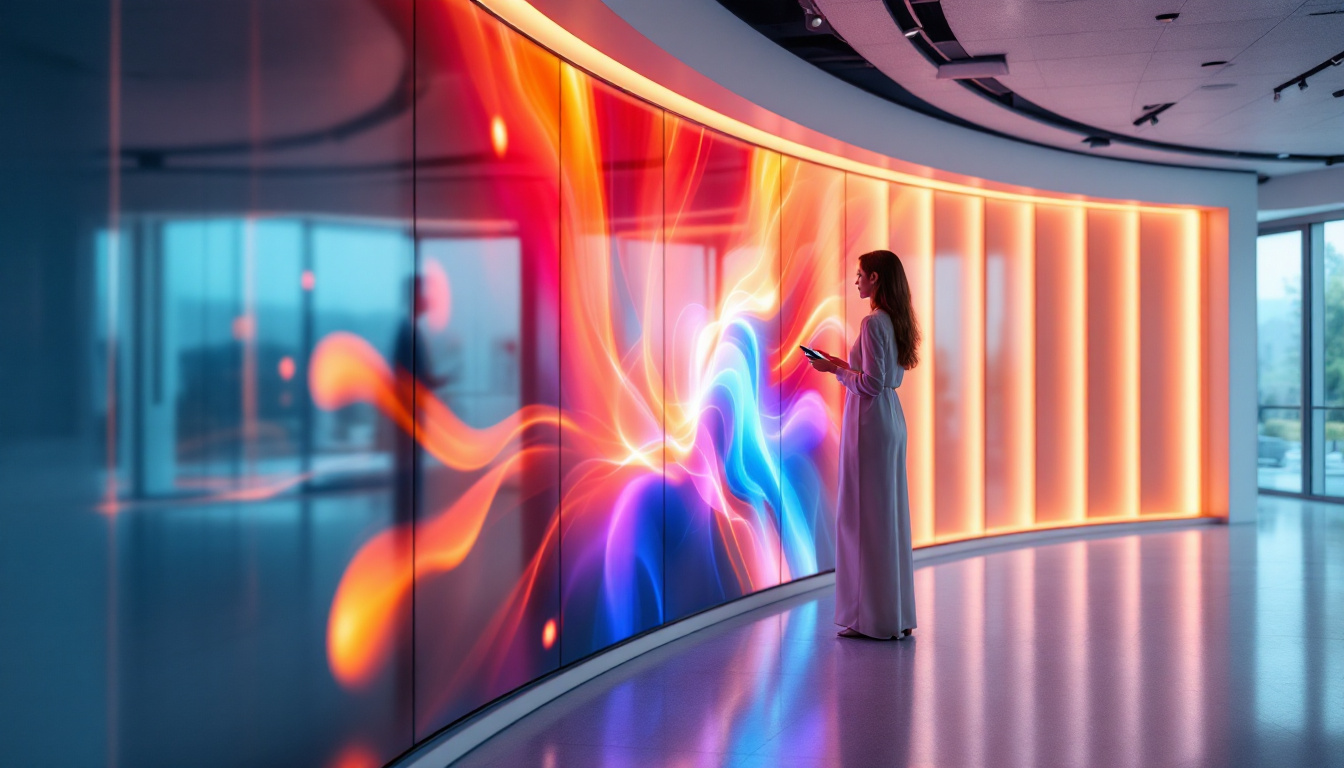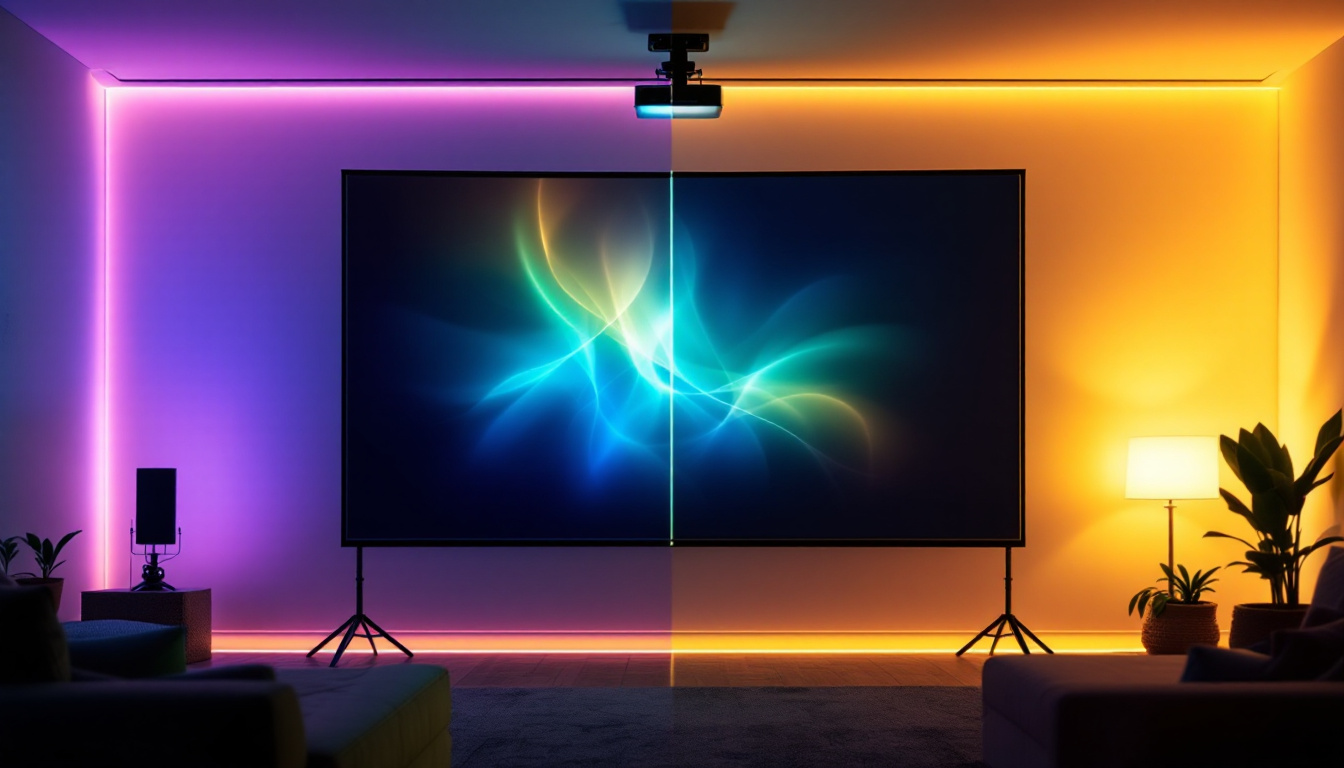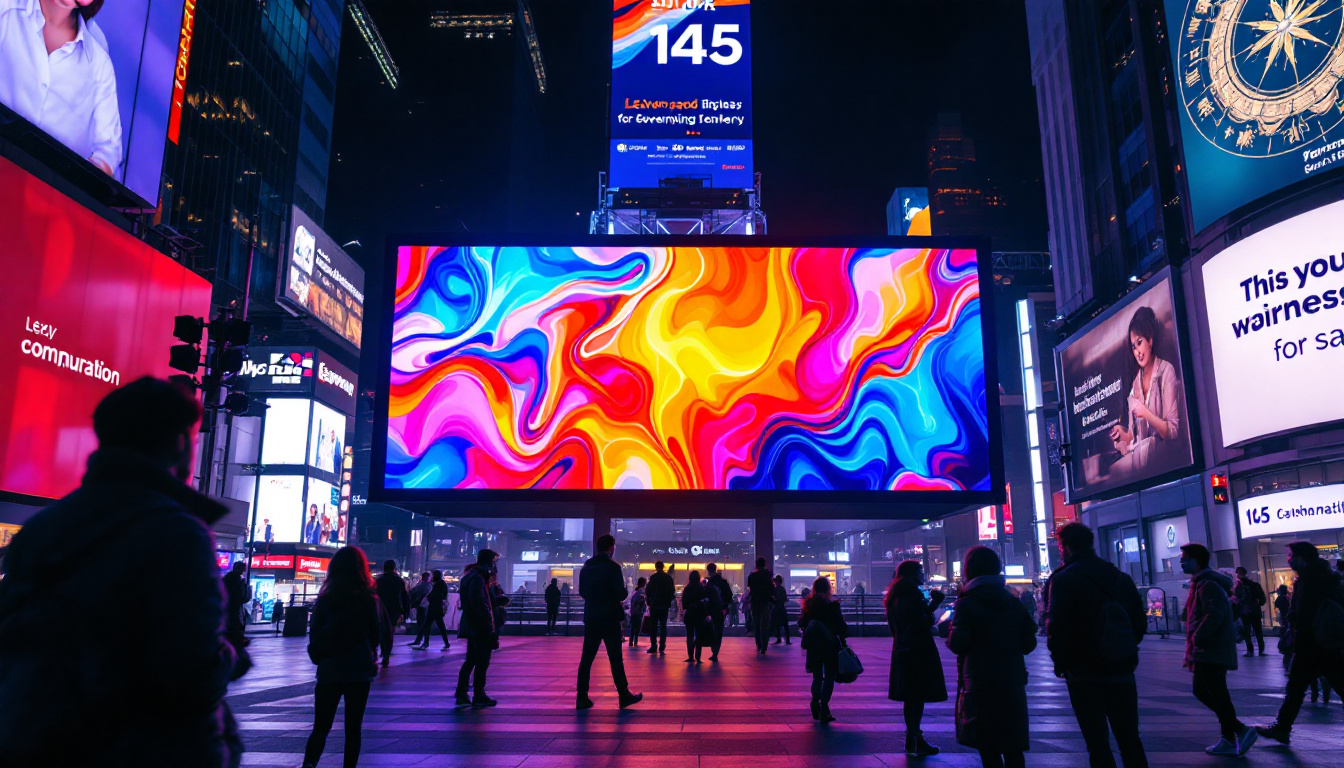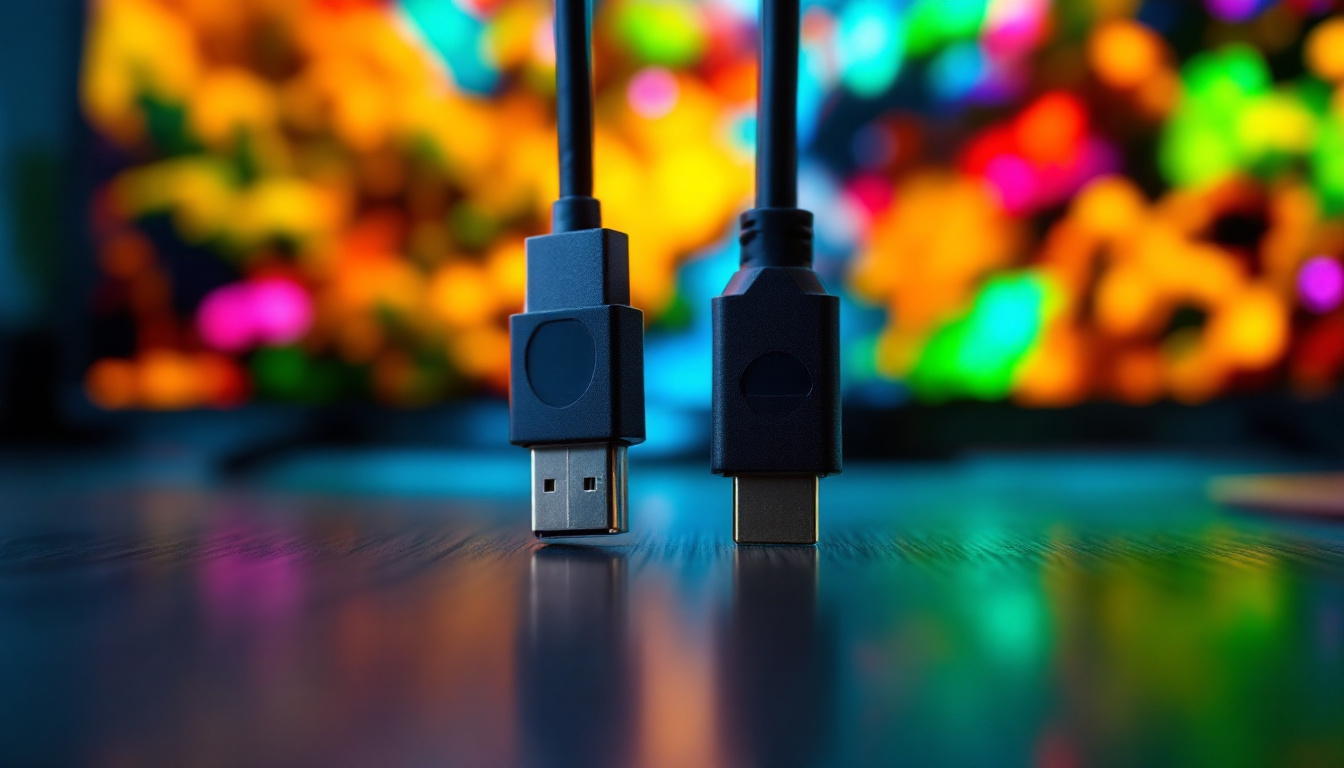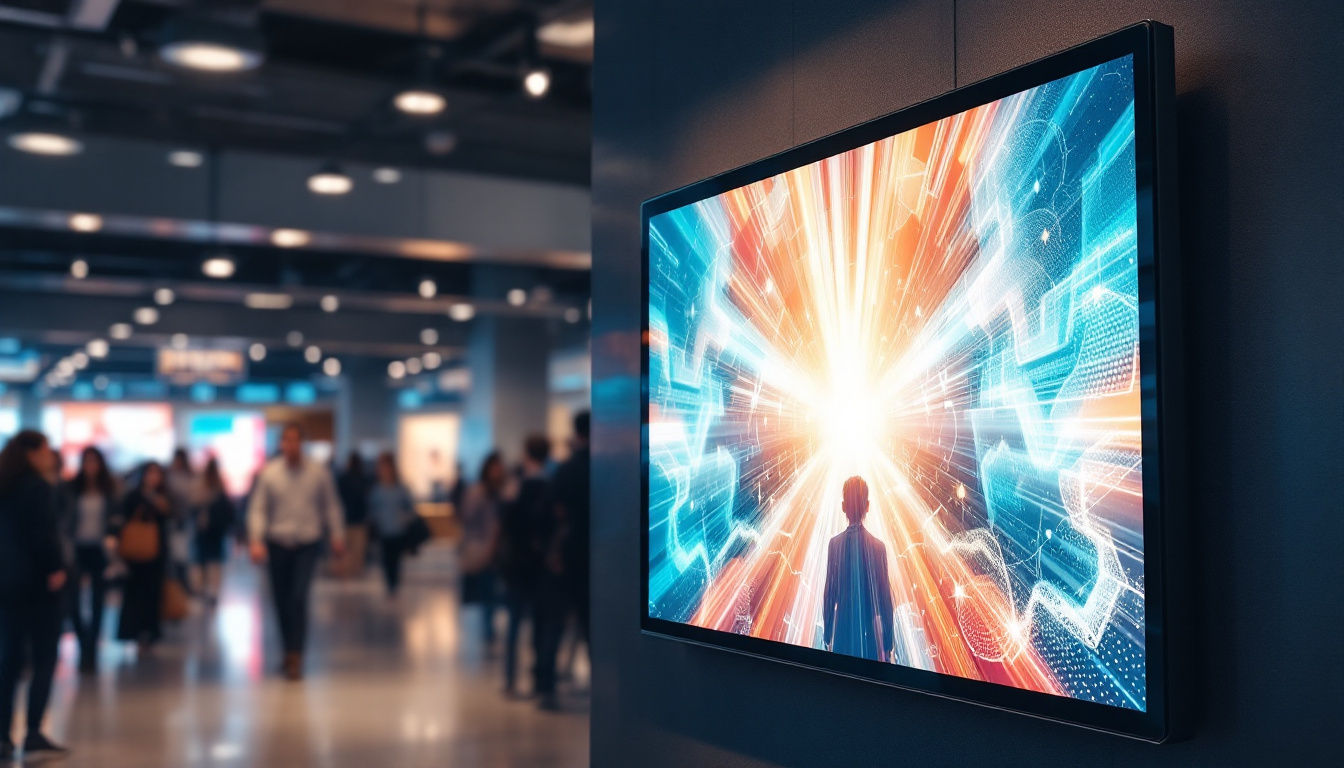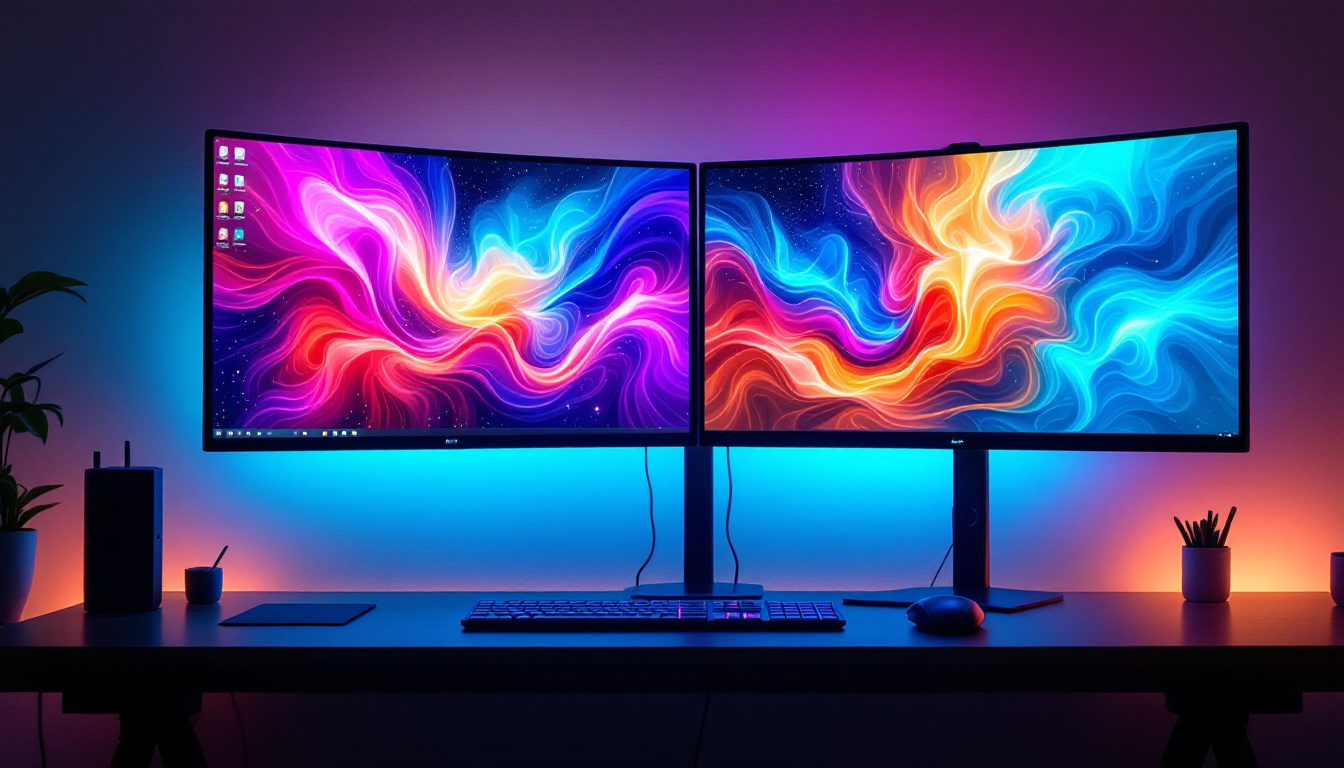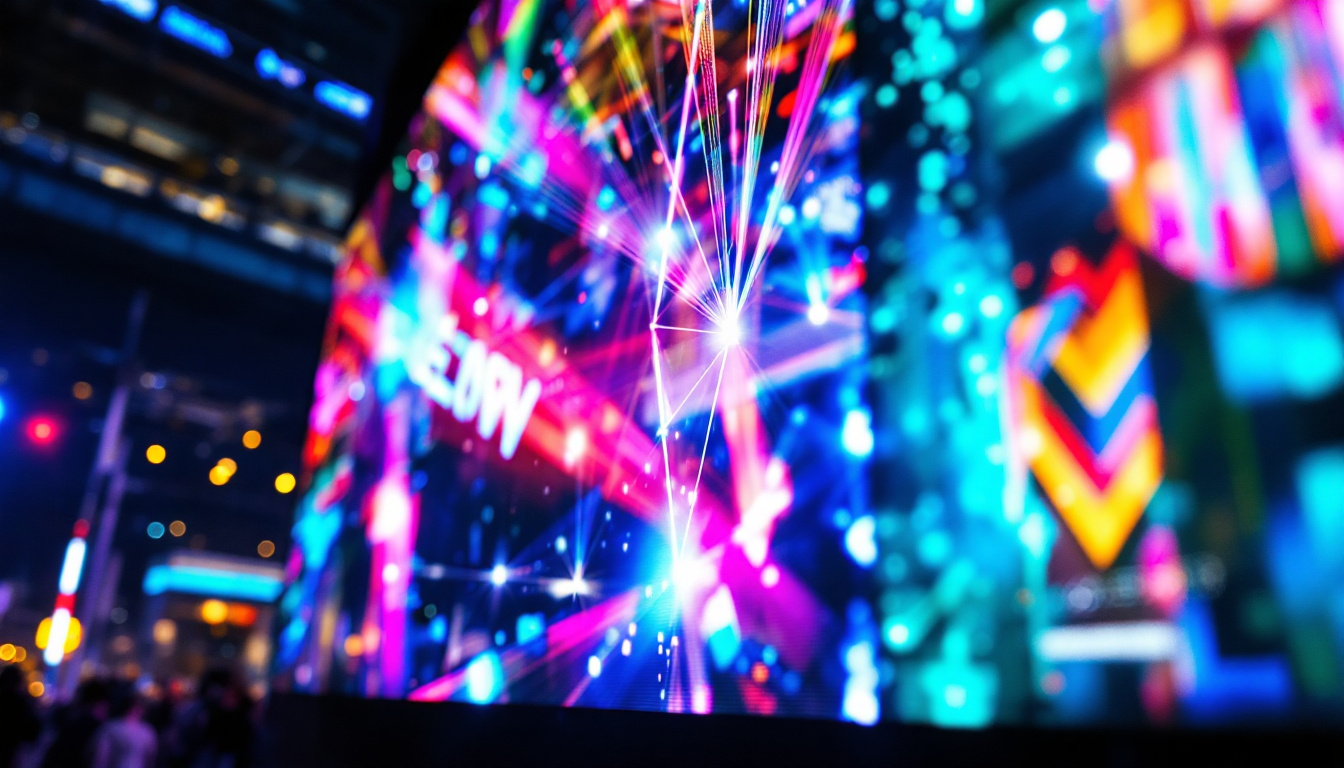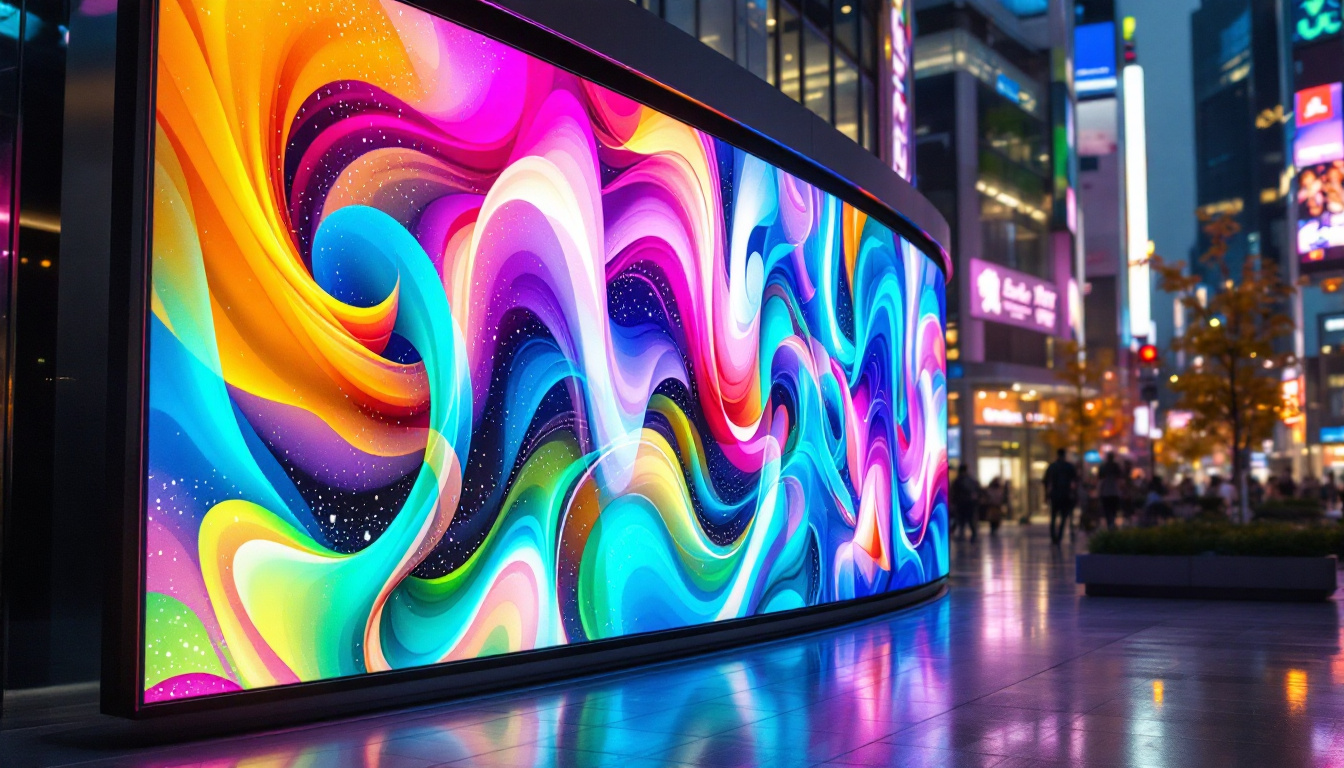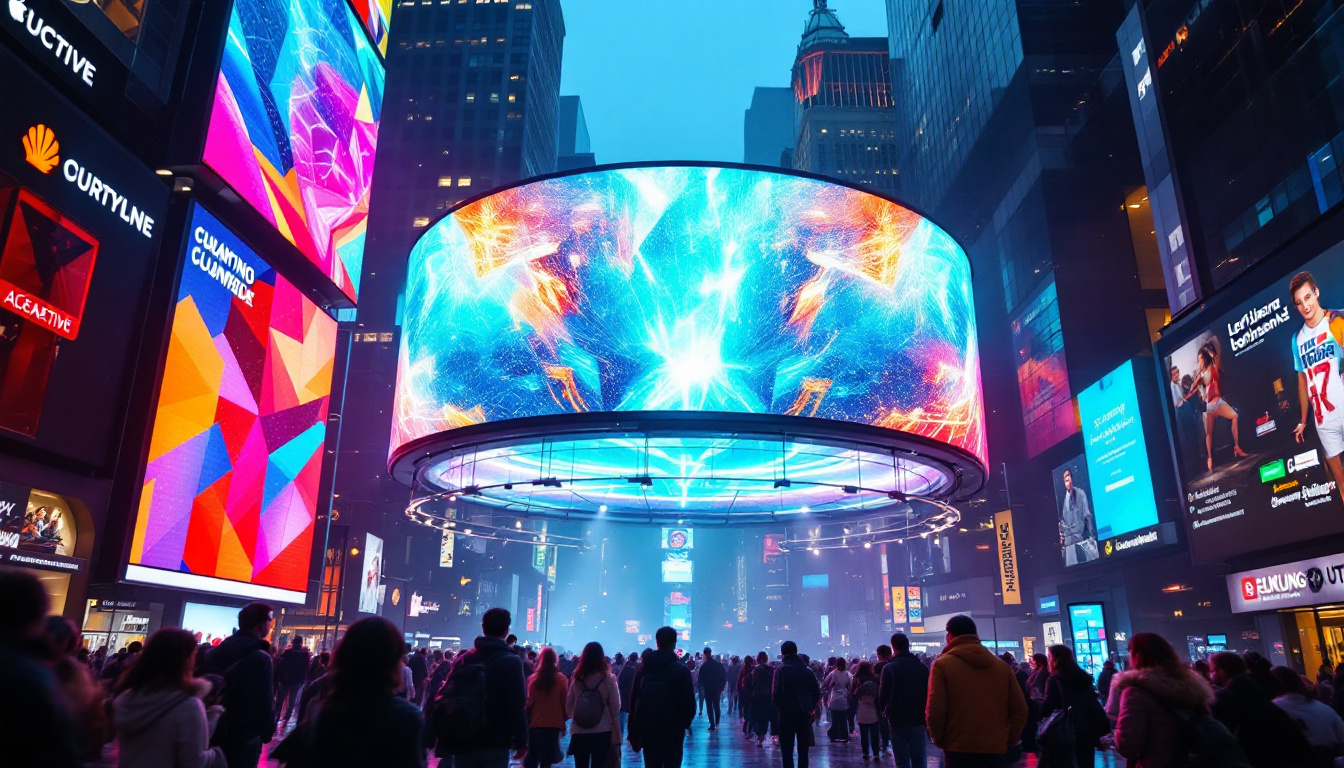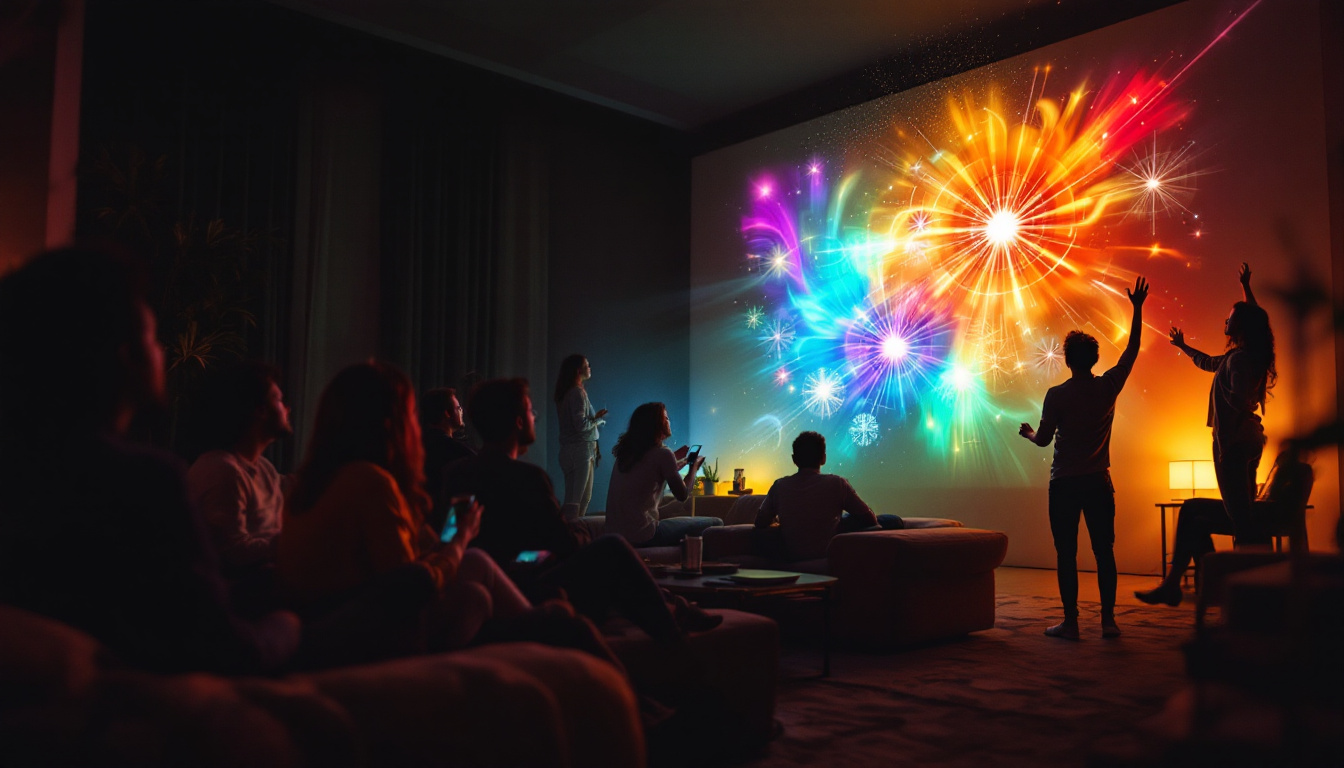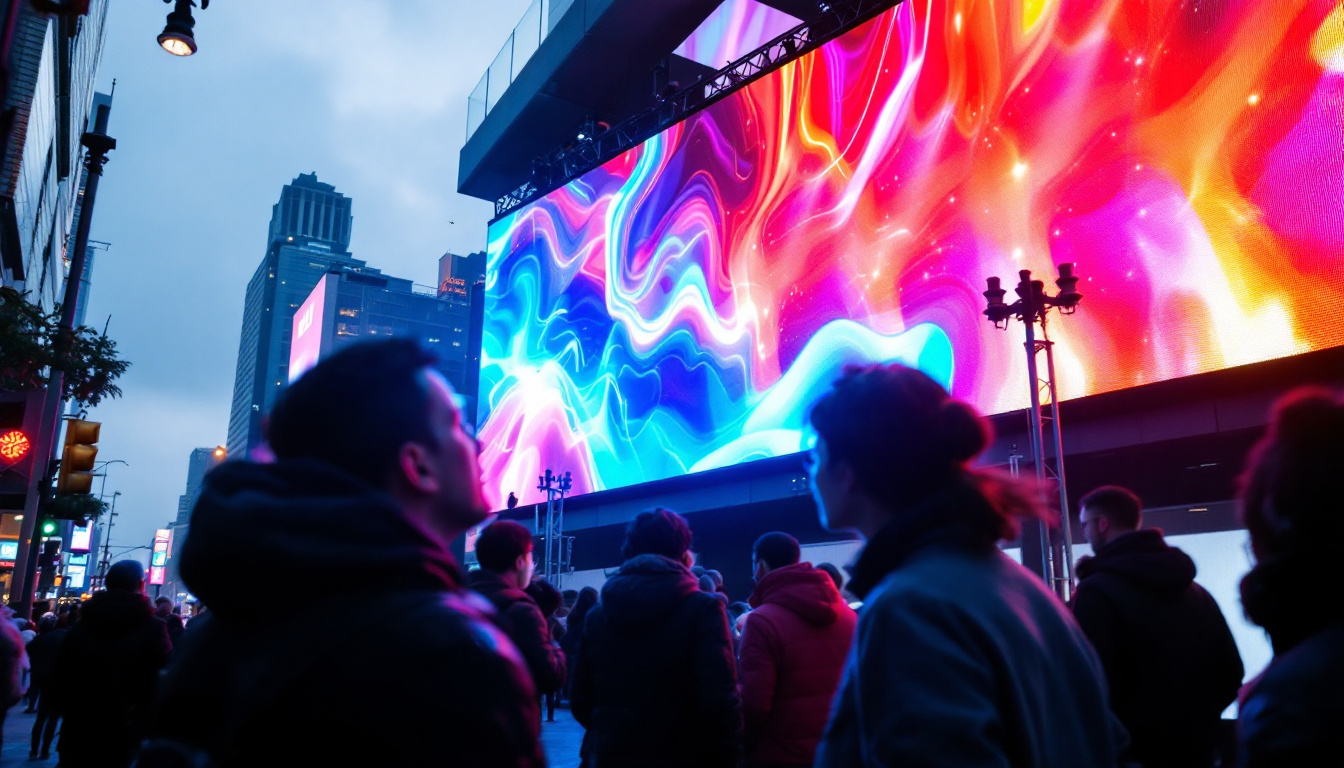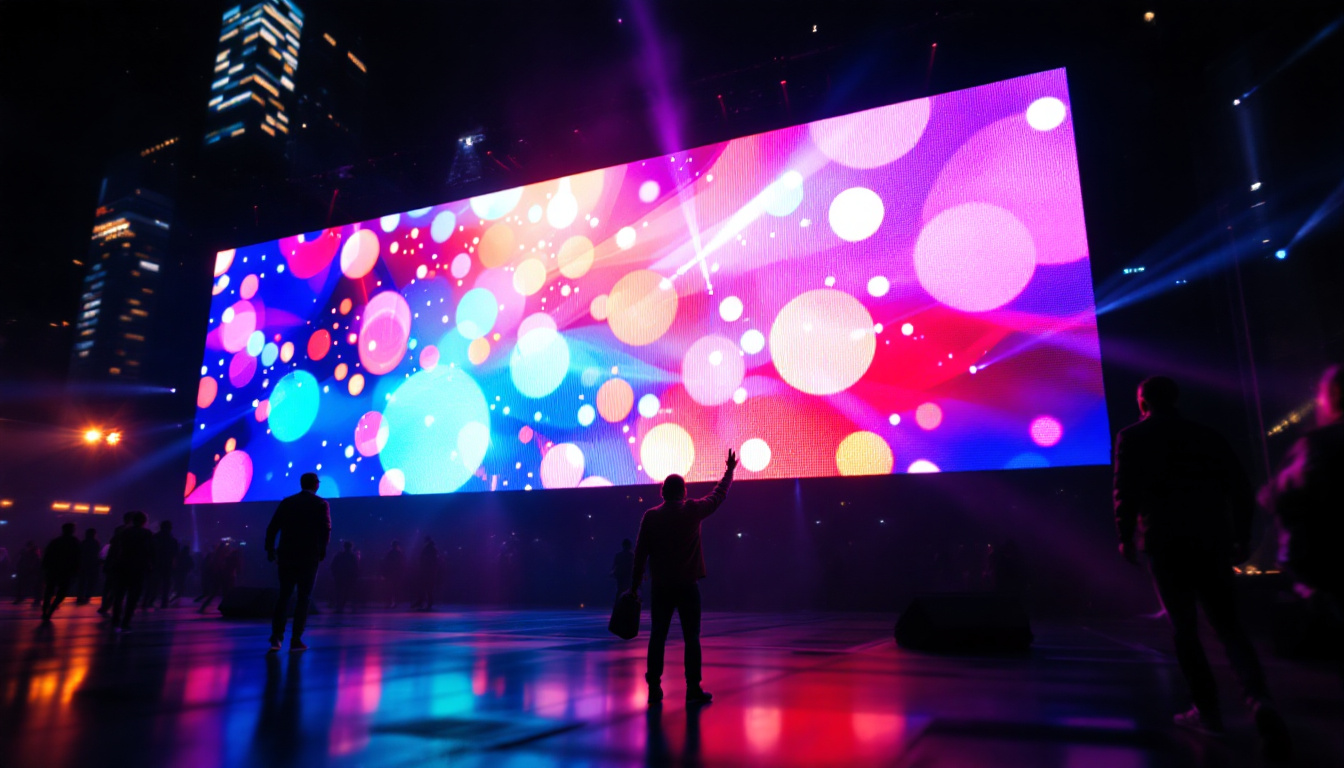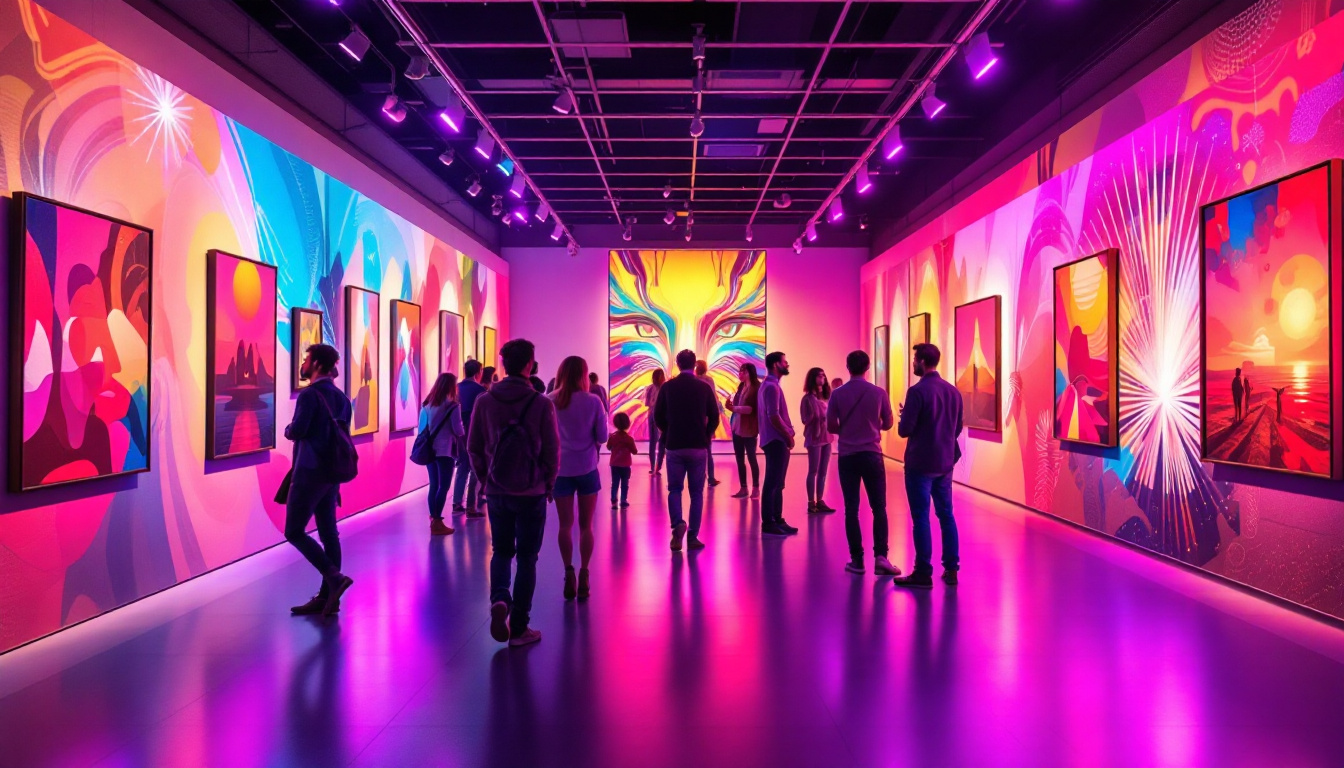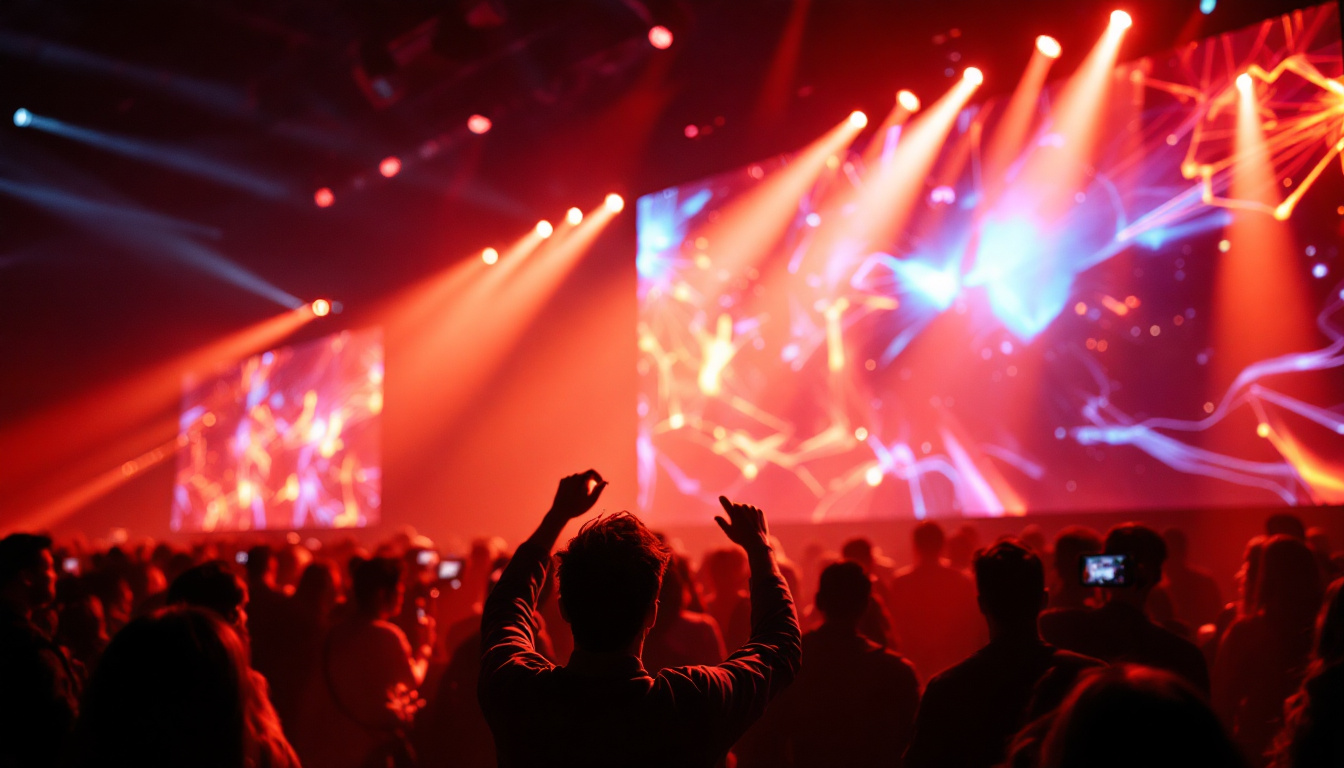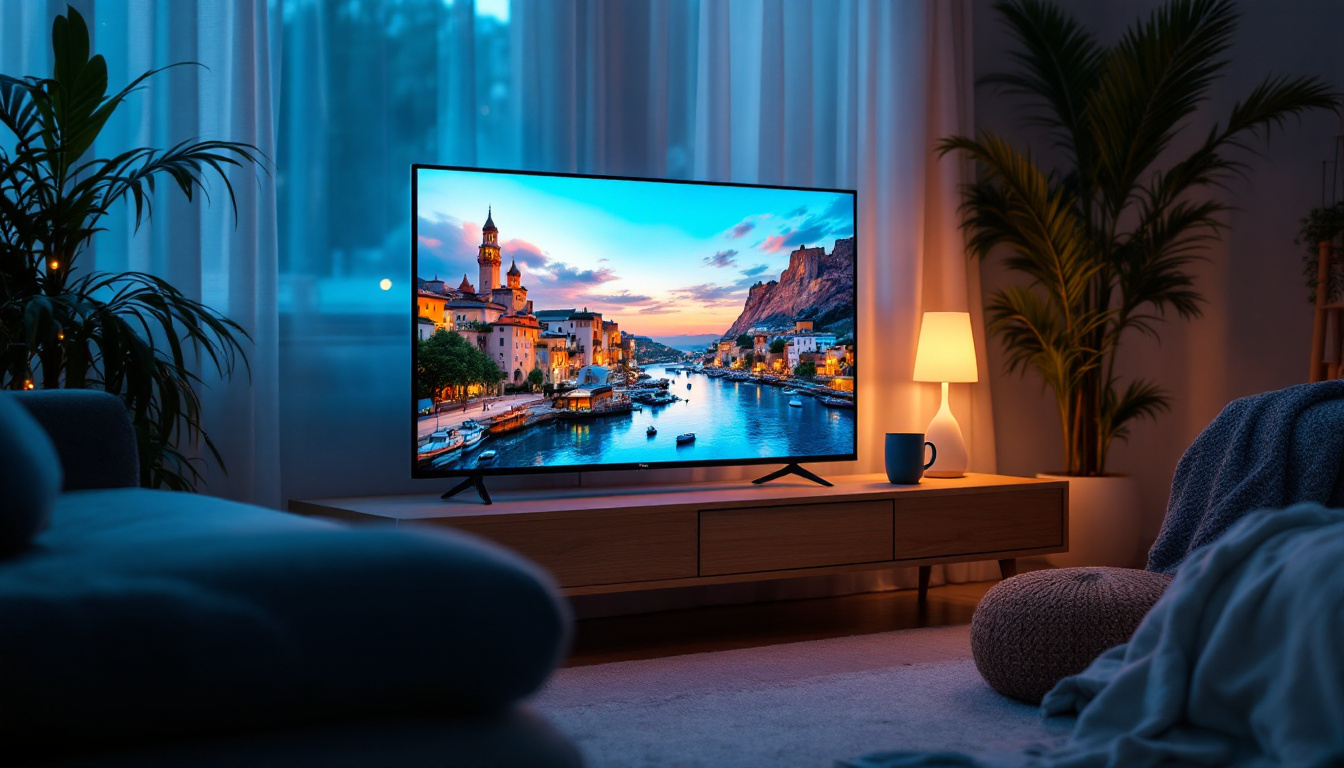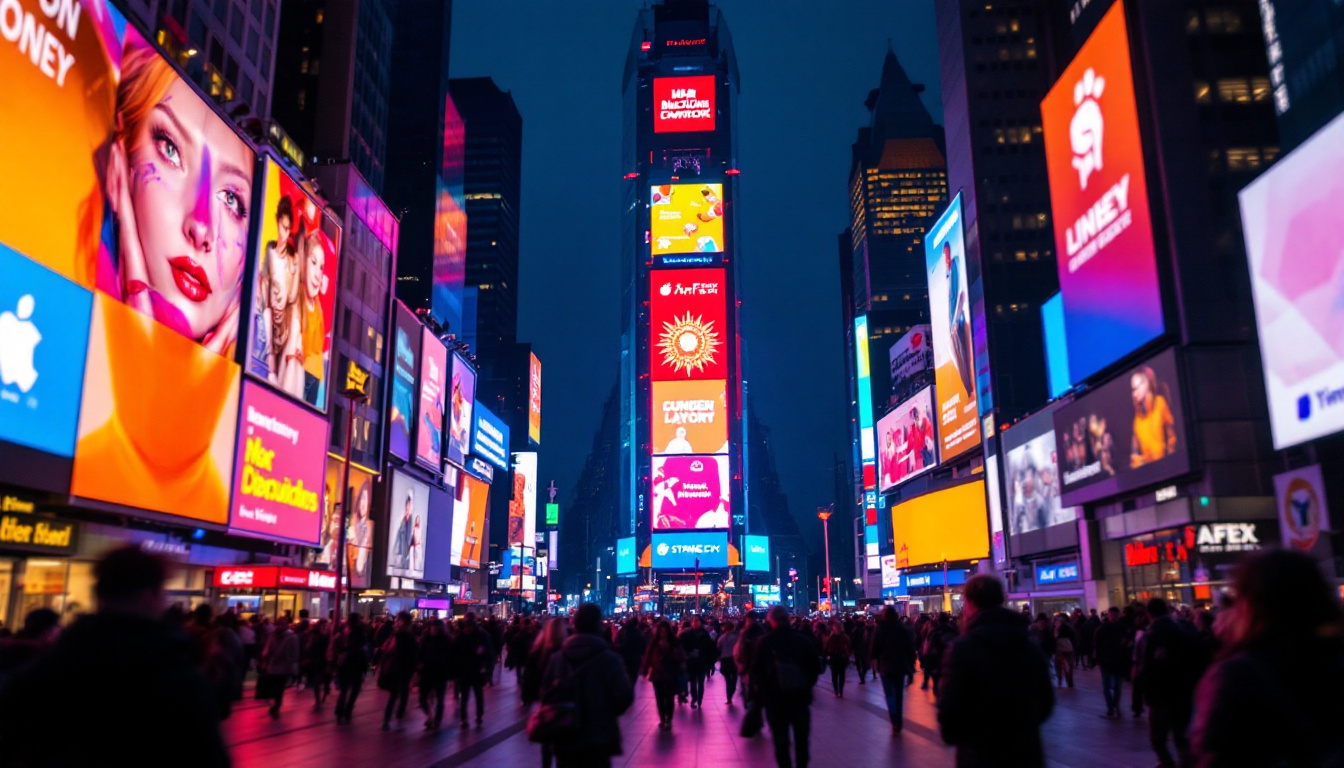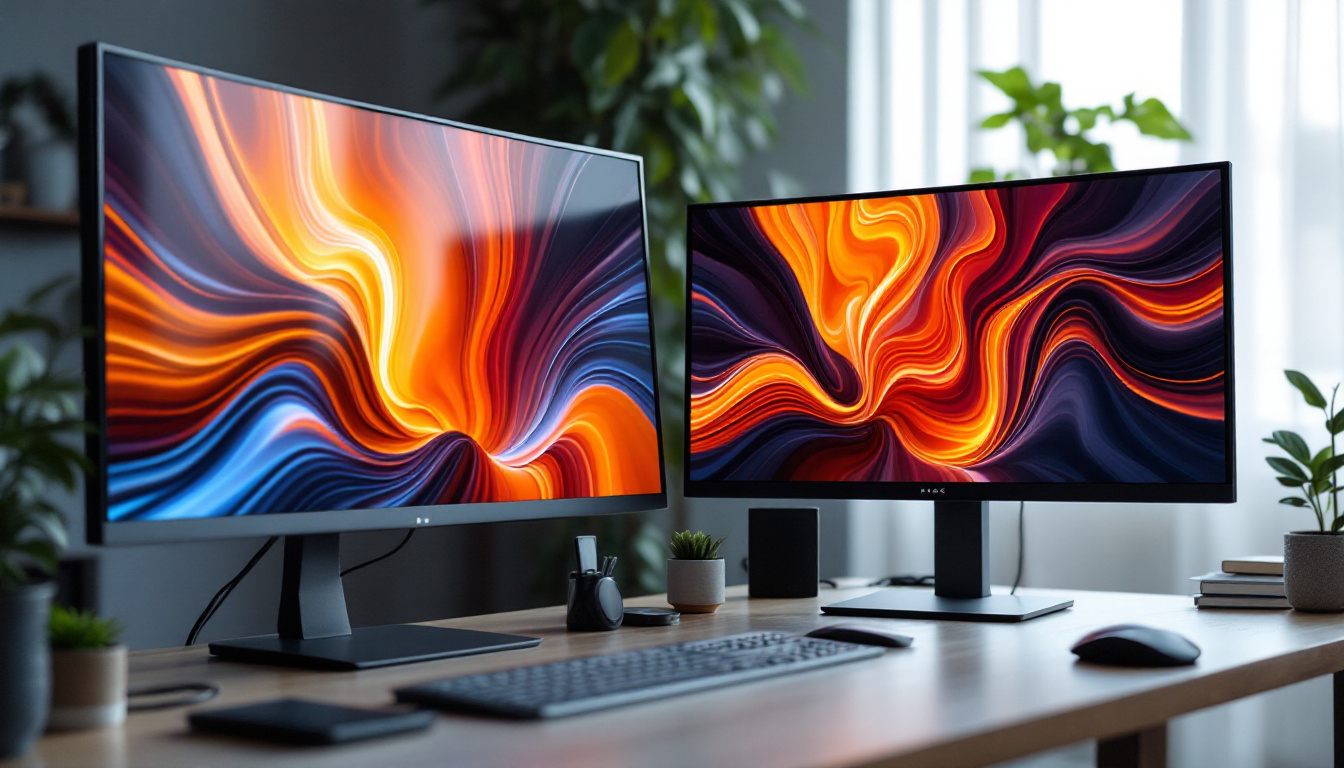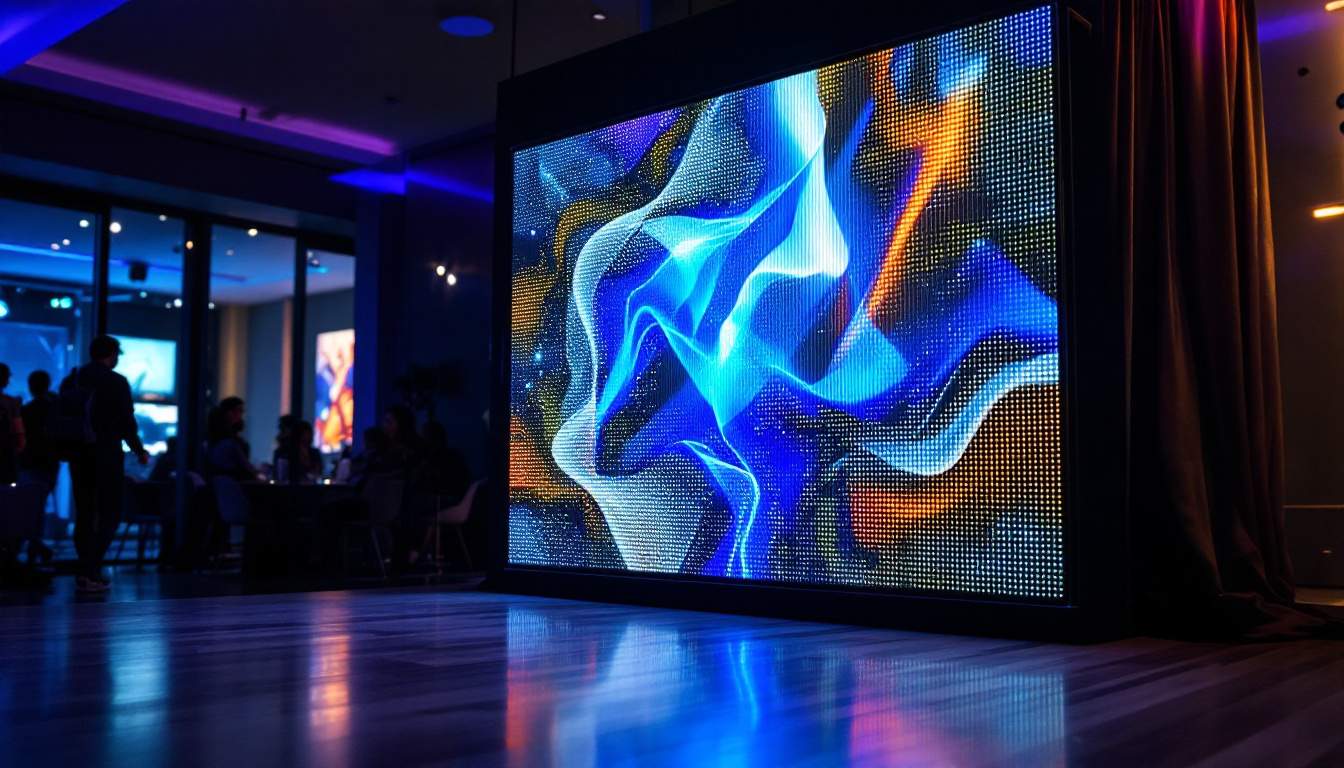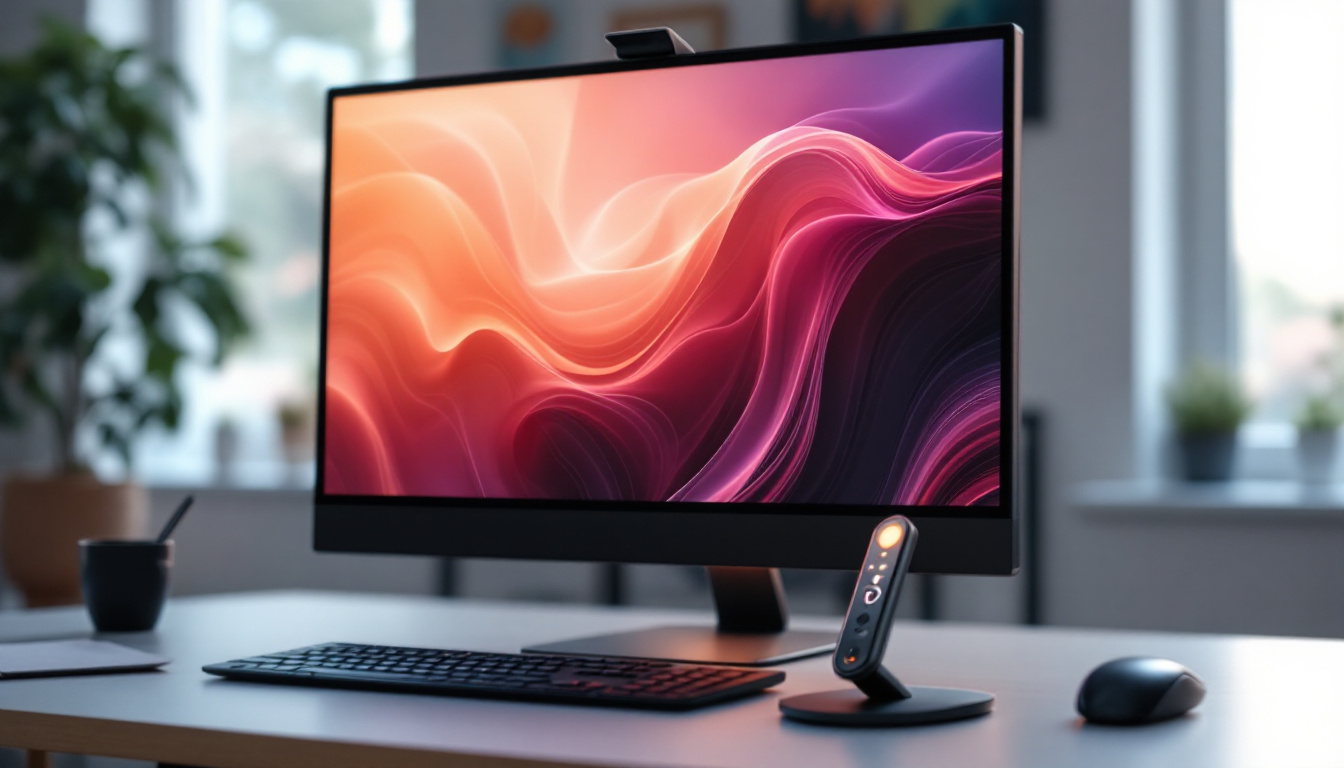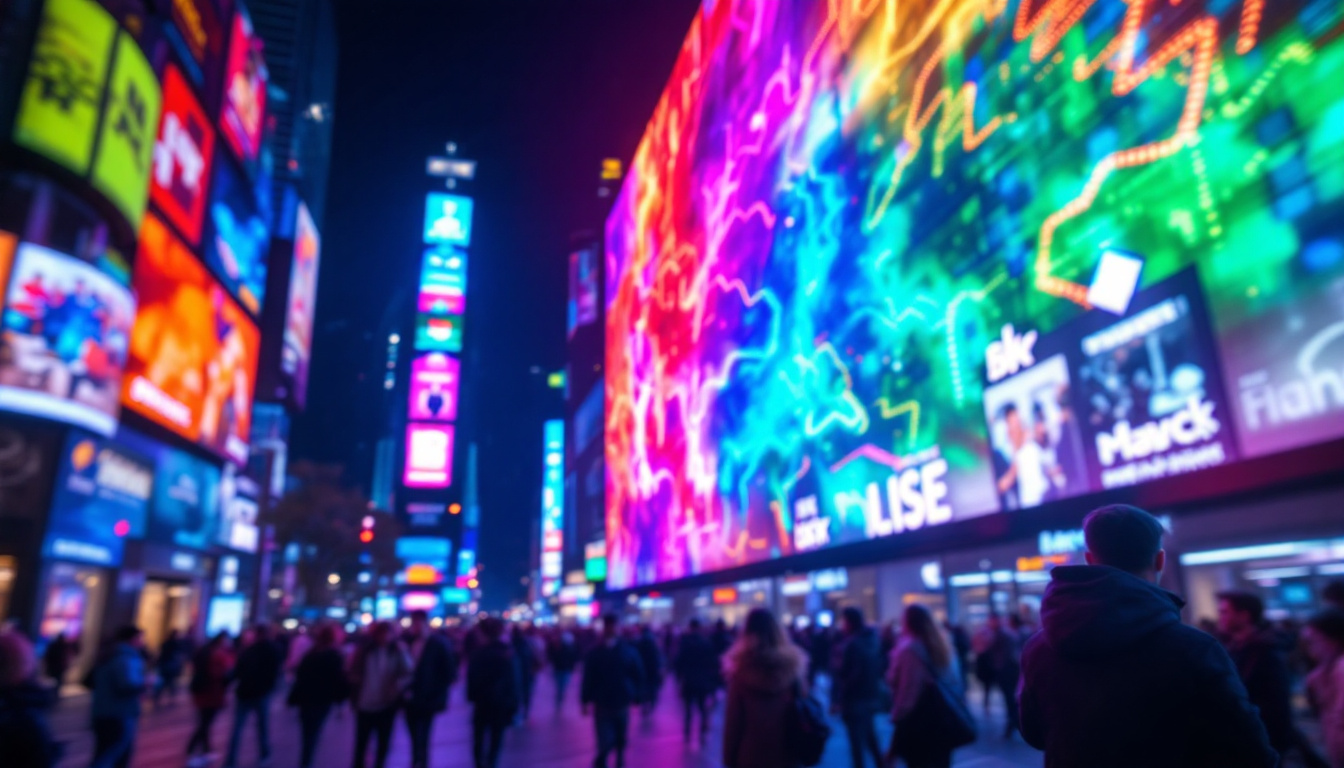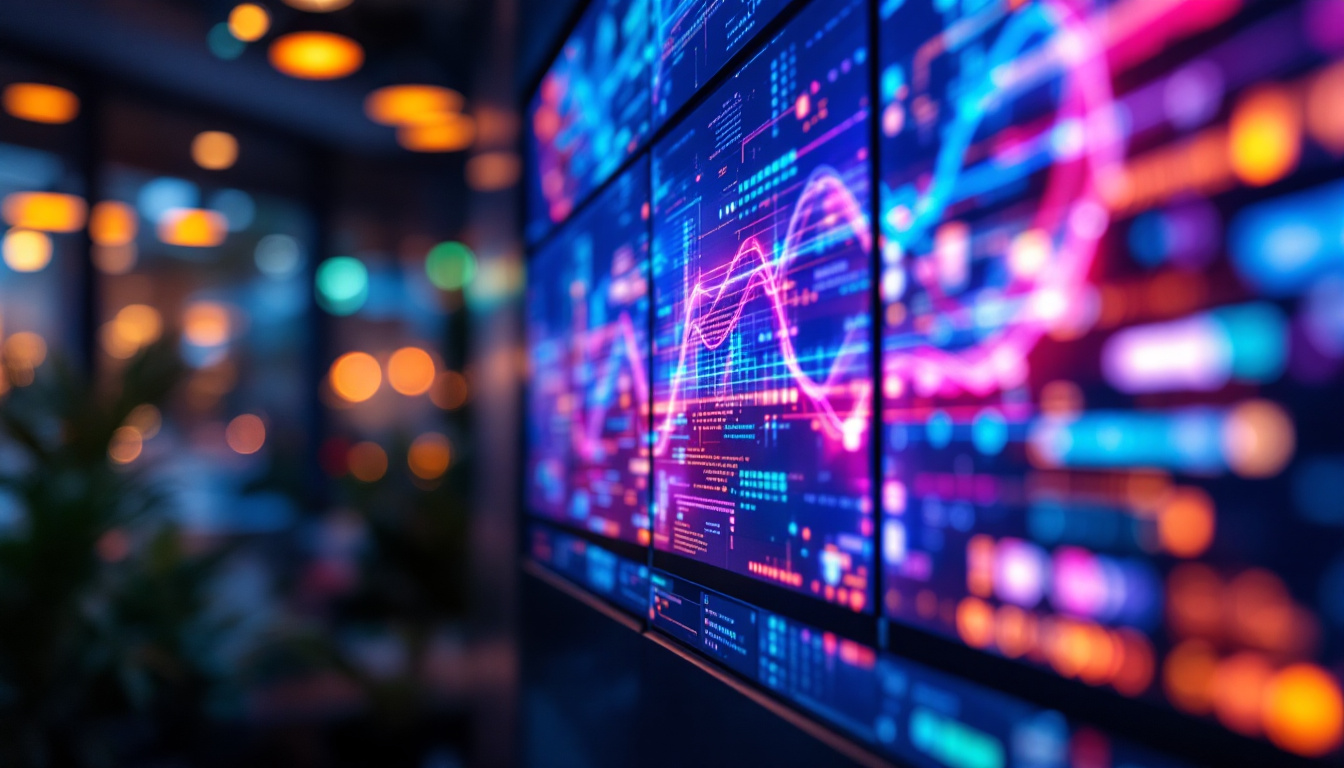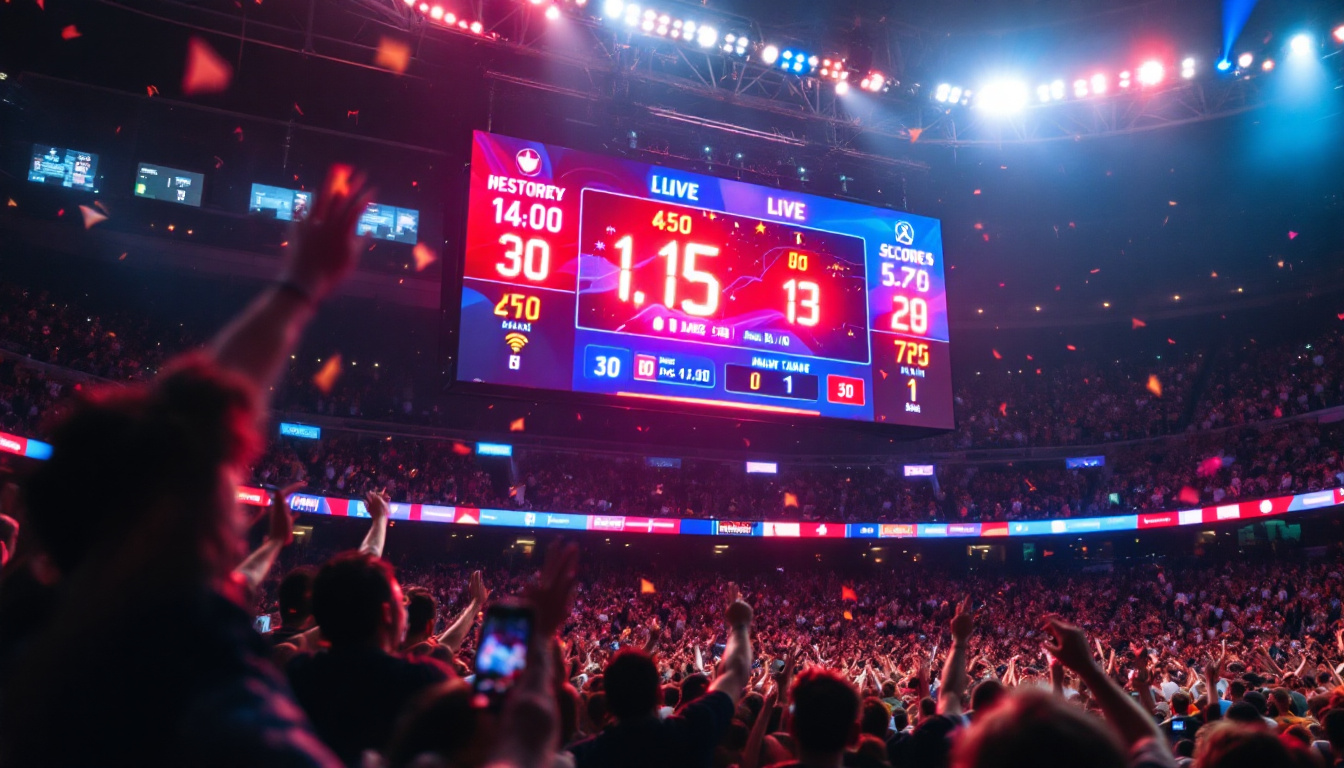In the realm of modern technology, LED panel screens have emerged as a pivotal innovation, transforming the way we perceive visual content. From advertising billboards to indoor displays in corporate settings, LED displays have become ubiquitous due to their versatility, energy efficiency, and superior image quality. This article delves into the intricacies of LED panel screens, exploring their technology, applications, and advantages.
Understanding LED Technology
What is LED?
LED stands for Light Emitting Diode, a semiconductor device that emits light when an electric current passes through it. Unlike traditional light sources, LEDs are highly efficient, converting a significant portion of electricity into light rather than heat. This efficiency not only reduces energy consumption but also extends the lifespan of the lighting source.
LEDs are available in various colors, which can be combined to produce a spectrum of hues. This characteristic is particularly advantageous in display technology, allowing for vibrant and dynamic visuals. The ability to control brightness and color on a pixel-by-pixel basis enables the creation of high-resolution images that captivate audiences.
How LED Panels Work
LED panels consist of numerous tiny LEDs arranged in a grid. Each LED can be individually controlled, allowing for precise manipulation of brightness and color. The panels can be classified into two main types: direct view and rear projection. Direct view LED panels display images by emitting light directly from the LEDs, while rear projection panels use a combination of LEDs and projection technology to display images from behind the screen.
The resolution of an LED panel is determined by the pixel pitch, which is the distance between the centers of two adjacent pixels. A smaller pixel pitch results in higher resolution and sharper images, making it ideal for close viewing distances. As technology advances, manufacturers continue to produce LED panels with increasingly smaller pixel pitches, enhancing the viewing experience.
Types of LED Panel Screens
Indoor LED Displays
Indoor LED displays are designed for use in enclosed environments such as conference rooms, retail spaces, and entertainment venues. These displays typically feature a higher pixel density, resulting in clearer images at closer viewing distances. Indoor LED screens are often used for presentations, advertising, and live events, providing vibrant visuals that engage audiences effectively.
One of the key advantages of indoor LED displays is their ability to produce high-quality images in various lighting conditions. With advanced brightness control, these screens can adapt to different ambient light levels, ensuring optimal visibility. Additionally, indoor LED displays often come with features such as touch capabilities and interactive functionalities, enhancing user engagement.
Outdoor LED Displays
Outdoor LED displays are specifically engineered to withstand harsh weather conditions while delivering exceptional image quality. These screens are commonly used for advertising billboards, sports arenas, and large public events. Outdoor LED panels are built with durable materials to resist moisture, dust, and extreme temperatures, ensuring longevity and reliability.
One of the standout features of outdoor LED displays is their high brightness levels, which enable clear visibility even in direct sunlight. This capability is crucial for outdoor advertising, where competing with natural light is essential for capturing the attention of passersby. Furthermore, outdoor LED screens often incorporate advanced cooling systems to prevent overheating during prolonged use.
Transparent LED Displays
Transparent LED displays represent a cutting-edge innovation in display technology, allowing for a unique blend of visibility and transparency. These screens consist of a grid of LEDs that can display images while maintaining a level of transparency, making them ideal for applications such as storefronts and exhibitions.
The ability to see through the display while still showcasing dynamic content creates an engaging visual experience. Transparent LED displays are increasingly popular in retail environments, where they can enhance product visibility while providing an interactive advertising platform. As this technology evolves, it is expected to find applications in architecture and interior design, further blurring the lines between digital and physical spaces.
Applications of LED Panel Screens
Advertising and Marketing
One of the most prominent applications of LED panel screens is in advertising and marketing. Businesses leverage the vibrant visuals and dynamic content capabilities of LED displays to capture consumer attention and convey messages effectively. From large outdoor billboards to smaller indoor displays, LED technology has revolutionized how brands communicate with their target audiences.
LED displays can showcase high-definition videos, animations, and real-time information, making advertisements more engaging. Furthermore, the ability to change content remotely allows for timely promotions and updates, ensuring that marketing efforts remain relevant and impactful. This flexibility is particularly beneficial for businesses in fast-paced industries, where trends can change rapidly.
Entertainment and Events
In the entertainment sector, LED panel screens play a crucial role in enhancing the overall experience for audiences. Concerts, festivals, and sporting events utilize large LED displays to broadcast live performances, scores, and highlights. The immersive visuals created by these screens elevate the atmosphere, drawing attendees into the event.
Moreover, LED technology allows for creative stage designs and visual storytelling. Artists and event organizers can incorporate dynamic visuals that synchronize with music and performances, creating a multi-sensory experience. The versatility of LED displays enables them to be used in various formats, including curved screens and video walls, further expanding the possibilities for creative expression.
Corporate and Educational Settings
In corporate environments, LED panel screens are increasingly used for presentations, meetings, and training sessions. Their high resolution and brightness ensure that information is conveyed clearly, regardless of the lighting conditions. Businesses can utilize these displays for video conferencing, data visualization, and collaborative work, enhancing productivity and communication.
Educational institutions also benefit from LED technology, using it to create engaging learning environments. Interactive LED displays can facilitate collaborative learning, allowing students to participate actively in discussions and presentations. The dynamic nature of LED panels makes them an effective tool for educators, fostering creativity and innovation in the classroom.
Advantages of LED Panel Screens
Energy Efficiency
One of the most significant advantages of LED panel screens is their energy efficiency. Compared to traditional display technologies, such as LCD and plasma screens, LEDs consume considerably less power. This efficiency not only reduces operational costs but also contributes to environmental sustainability.
Additionally, the longevity of LED technology means that businesses and organizations can save on replacement costs and maintenance. With a lifespan of up to 100,000 hours, LED panels offer a reliable solution for both indoor and outdoor applications, minimizing the need for frequent upgrades.
High-Quality Visuals
LED panel screens are renowned for their exceptional image quality. The ability to produce vibrant colors, deep blacks, and high contrast ratios ensures that visuals are striking and lifelike. This quality is particularly important in applications where clarity and detail are paramount, such as advertising and entertainment.
Furthermore, the flexibility in resolution and pixel pitch allows for customization based on specific requirements. Whether it’s a large outdoor billboard or a small indoor display, LED technology can cater to various needs, providing tailored solutions that meet the demands of different environments.
Versatility and Customization
LED panel screens offer remarkable versatility, making them suitable for a wide range of applications. From fixed installations to portable displays, the adaptability of LED technology allows for creative solutions in various settings. Businesses can choose from different sizes, shapes, and configurations to create unique visual experiences.
Moreover, the ability to customize content in real-time enhances the effectiveness of LED displays. Organizations can update messages, images, and videos instantly, ensuring that their communications remain fresh and relevant. This level of customization is invaluable in fast-paced environments where timely information is crucial.
Challenges and Considerations
Initial Investment
While LED panel screens offer numerous advantages, the initial investment can be a barrier for some organizations. The cost of purchasing and installing LED technology may be higher compared to traditional displays. However, it is essential to consider the long-term savings associated with energy efficiency and reduced maintenance costs.
Organizations should conduct a thorough cost-benefit analysis to understand the potential return on investment. By evaluating factors such as energy savings, lifespan, and the impact on audience engagement, businesses can make informed decisions regarding their display technology.
Technological Advancements
The rapid pace of technological advancements in the LED industry can also pose challenges. New features and improvements are continually being introduced, which may lead to concerns about obsolescence. Organizations must stay informed about the latest developments to ensure they are utilizing the most effective and efficient technology available.
To mitigate this risk, businesses can opt for modular LED systems that allow for upgrades and expansions as technology evolves. This approach enables organizations to adapt to changing needs without the need for complete overhauls, ensuring longevity and relevance in their display solutions.
The Future of LED Panel Screens
Emerging Trends
The future of LED panel screens is promising, with several emerging trends poised to shape the industry. One notable trend is the increasing integration of artificial intelligence (AI) and machine learning in display technology. These advancements can enhance content personalization, allowing for tailored messaging based on audience behavior and preferences.
Additionally, the rise of augmented reality (AR) and virtual reality (VR) is expected to influence the design and functionality of LED displays. As these technologies become more prevalent, LED panels may evolve to create immersive experiences that blend digital content with the physical world, opening new avenues for engagement.
Sustainability Initiatives
As environmental concerns continue to grow, the LED industry is also focusing on sustainability initiatives. Manufacturers are exploring eco-friendly materials and production processes to reduce the environmental impact of LED displays. Furthermore, advancements in recycling technologies are being developed to ensure that LED panels can be disposed of responsibly at the end of their lifespan.
Organizations that prioritize sustainability in their display solutions can enhance their brand image and appeal to environmentally conscious consumers. By investing in eco-friendly LED technology, businesses can contribute to a greener future while enjoying the benefits of high-quality visual displays.
Conclusion
LED panel screens have revolutionized the way visual content is displayed, offering unparalleled advantages in energy efficiency, image quality, and versatility. As technology continues to advance, the applications and possibilities for LED displays will only expand. From advertising to entertainment and education, LED technology is poised to play a central role in shaping the future of visual communication.
Organizations looking to enhance their visual presence should consider the myriad benefits of LED panel screens. By embracing this technology, businesses can not only improve their communication strategies but also create engaging experiences that resonate with their audiences. The future of LED displays is bright, and those who adapt to this evolving landscape will undoubtedly reap the rewards.
Discover the Future of Visual Displays with LumenMatrix
Ready to elevate your visual communication and create immersive experiences that captivate your audience? Explore LumenMatrix’s comprehensive range of cutting-edge LED display solutions, from vibrant Indoor and Outdoor LED Wall Displays to innovative options like Vehicle, Poster, Sports, Floor, and Custom LED Displays. Embrace the future with our All-in-One and Transparent LED Displays, designed to revolutionize your brand’s presence. Check out LumenMatrix LED Display Solutions today and join the forefront of display technology.

